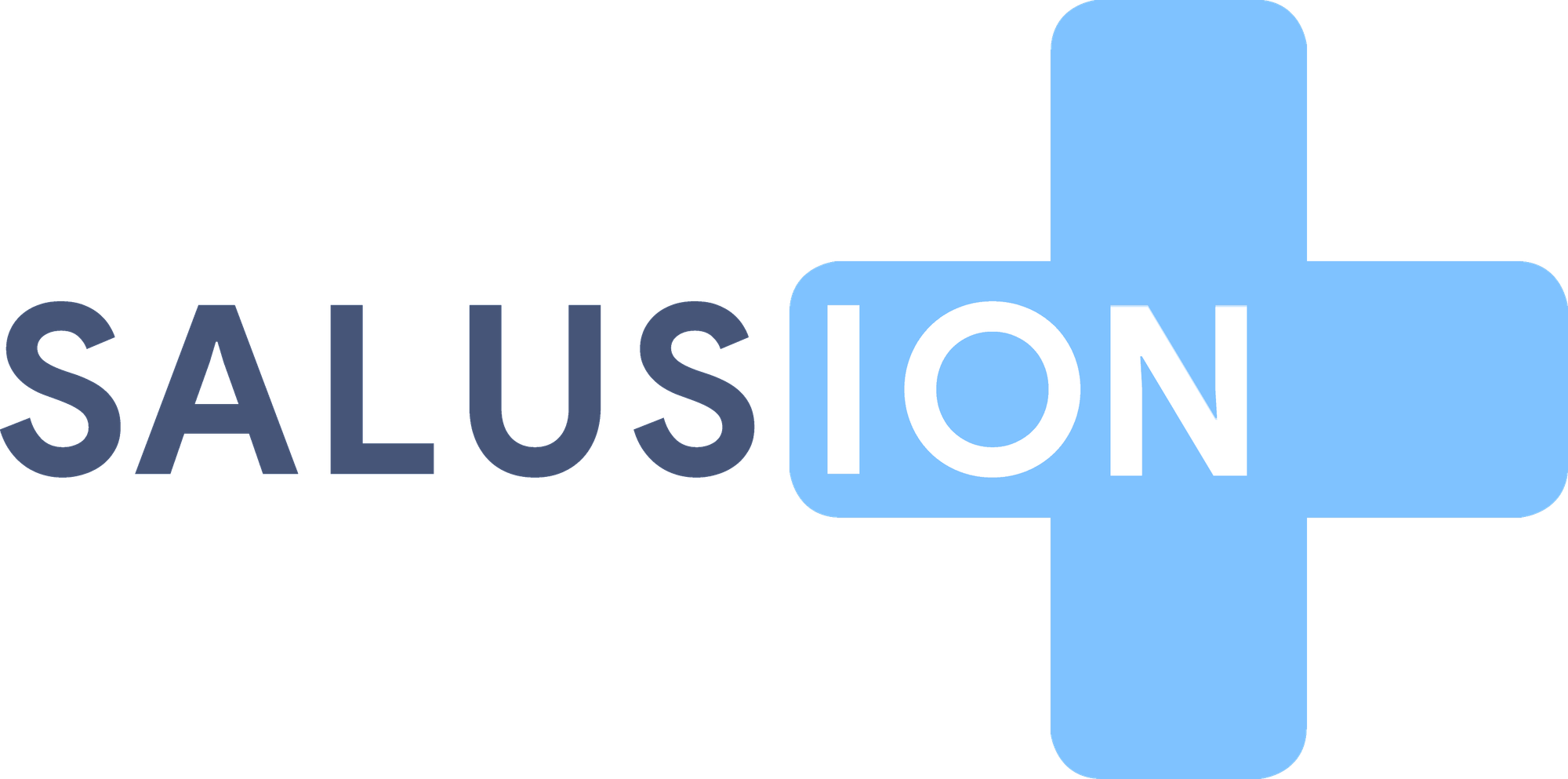Plan Year
A QSEHRA operates on a 12-month plan year, which defines when employees are eligible, how expenses are reimbursed, and how the plan is administered.
For new QSEHRAs, the first plan year can be shorter to synchronize with future 12-month cycles.
Benefit
The benefit (or allowance) for a QSEHRA is determined by the employer and sets the reimbursement limit for a plan year.
The IRS imposes a maximum benefit limit on QSEHRAs. In 2025, these limits were $6,350 for single employees and $12,800 for families.
Employers can set the same benefit amount for all employees or vary it based on family size, age, or both.
Benefits can be made available upfront or in monthly increments. Salusion’s QSEHRA provides benefits in monthly increments.
Claims
Employees submit expenses for reimbursement through Salusion’s website or mobile app. Salusion approves eligible expenses the same day. Reimbursements are limited to the available allowance. If the allowance is insufficient, unreimbursed claims will automatically be reimbursed as future allowances become available.
Example
A company establishes a QSEHRA with a plan year running from January 1 to December 31. The annual benefit is $4,800, allocated monthly.
- On January 1, the employee has $400 available.
- On February 1, the allowance increases to $800.
- On February 10, the employee submits a $1,500 expense.
- $800 is reimbursed immediately.
- The remaining $700 is reimbursed in subsequent months as additional allowances become available.
Carryover Amounts
Unused benefits from one plan year may carry over to the next in some QSEHRAs. Salusion’s QSEHRA does not permit carryovers.
Year-End Runout Period
The year-end runout period is the number of days after a plan year ends during which employees can submit expenses for the previous plan year using any unused allowance. Salusion’s QSEHRA has a year-end runout period of 75 days.
Termination Runout Period
The termination runout period is the number of days after an employee’s termination during which they can submit expenses. Salusion’s QSEHRA has a termination runout period of 0 days.
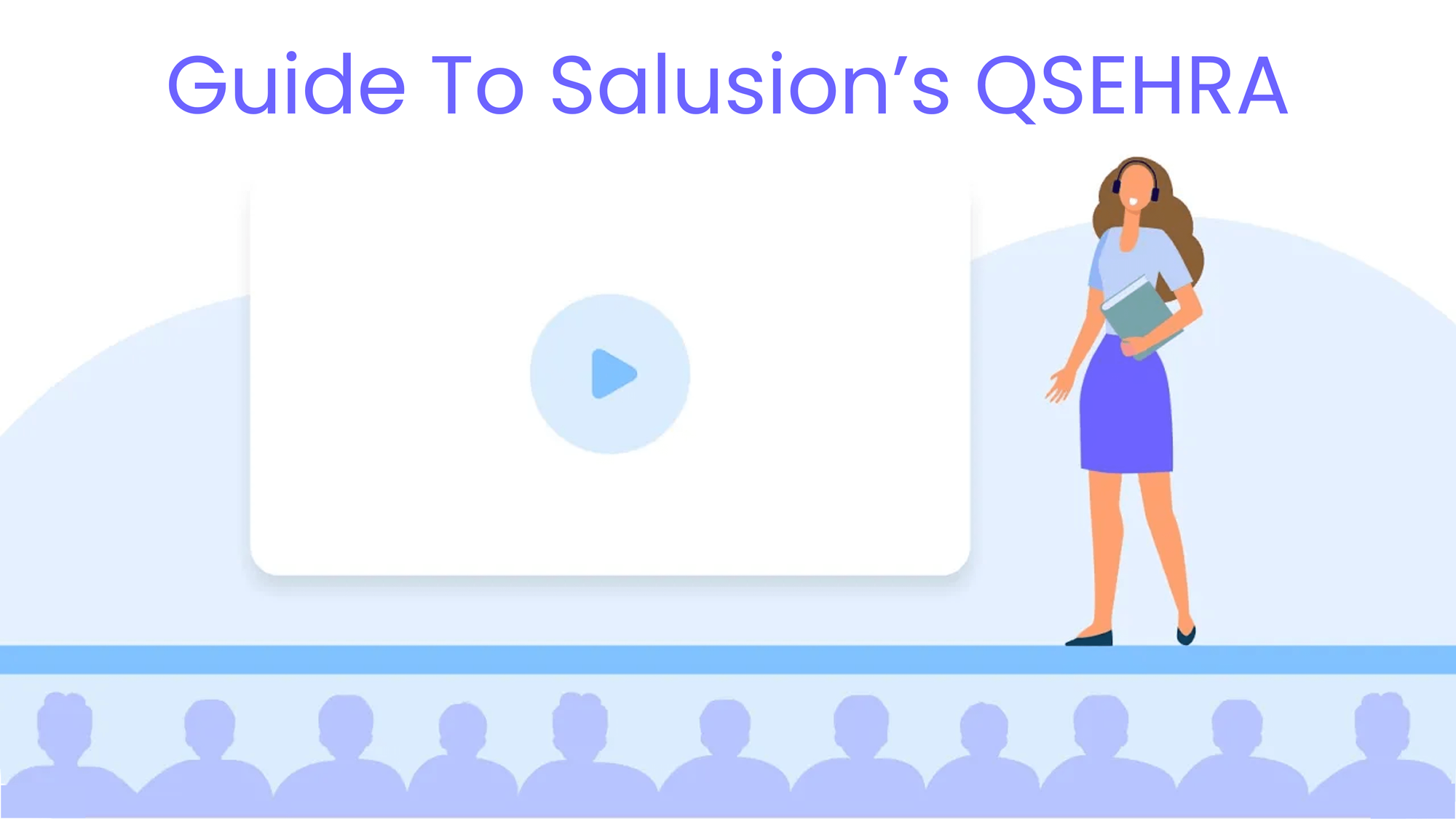
subtopic

subtopic
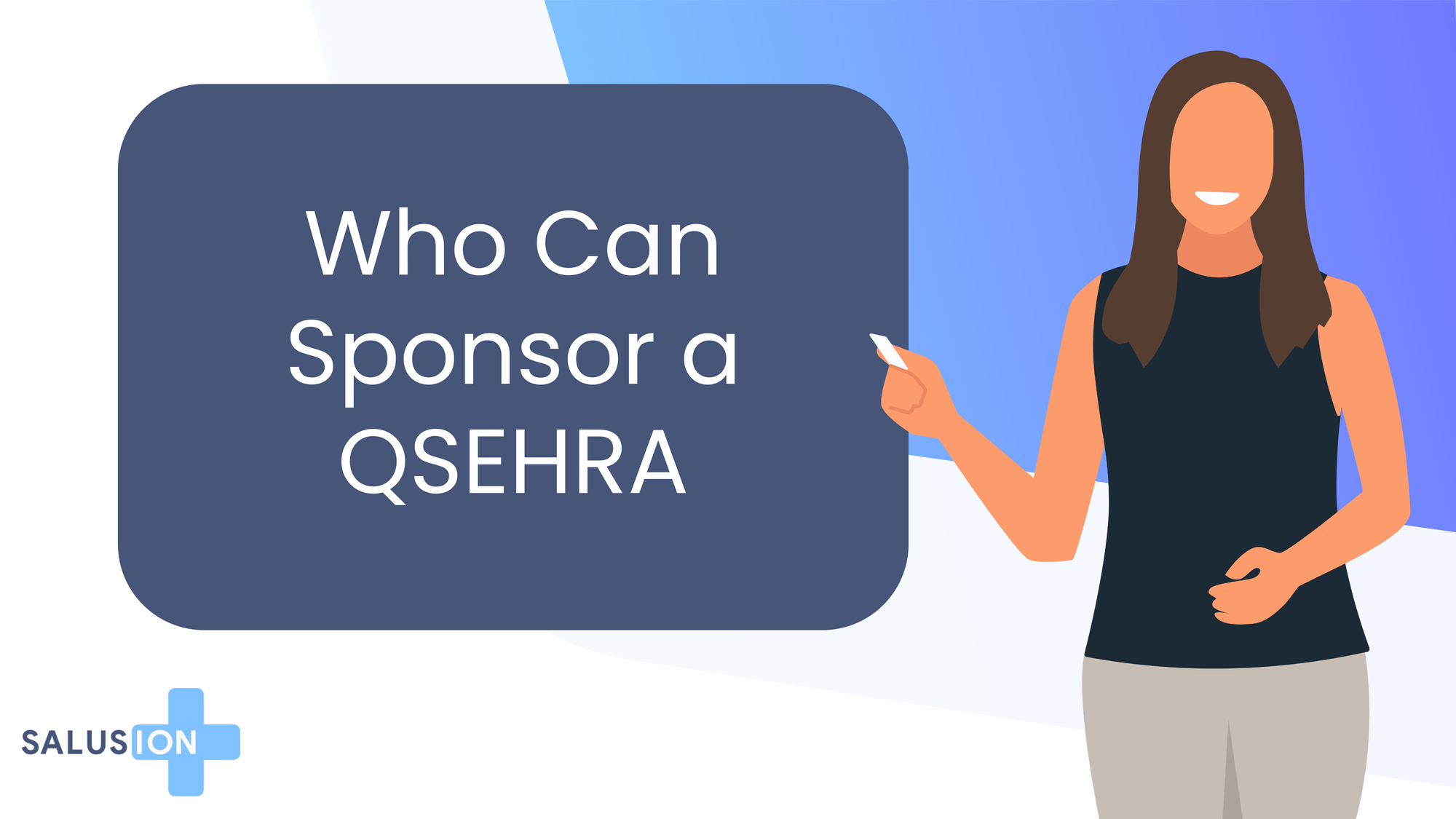
subtopic
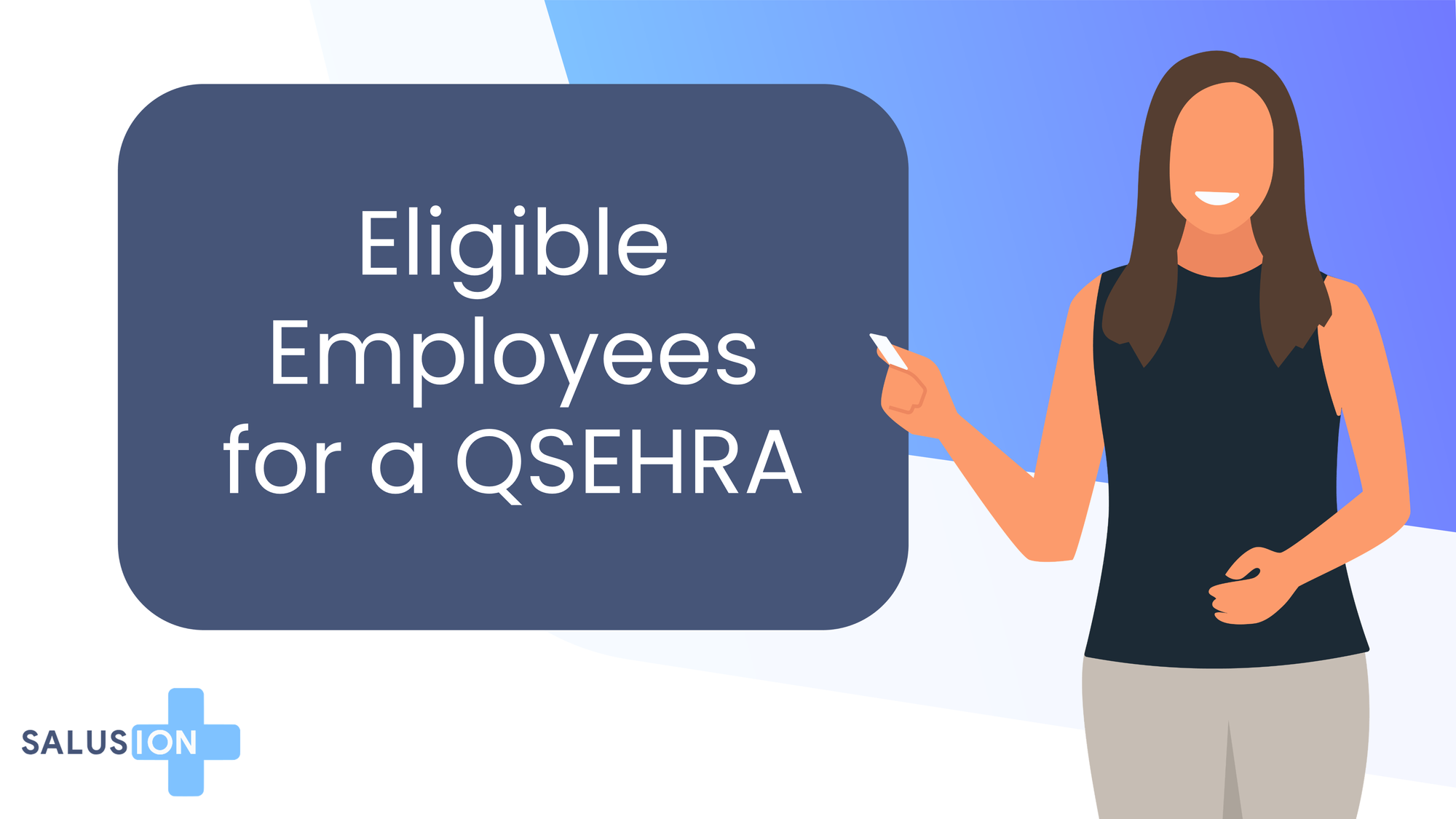
subtopic
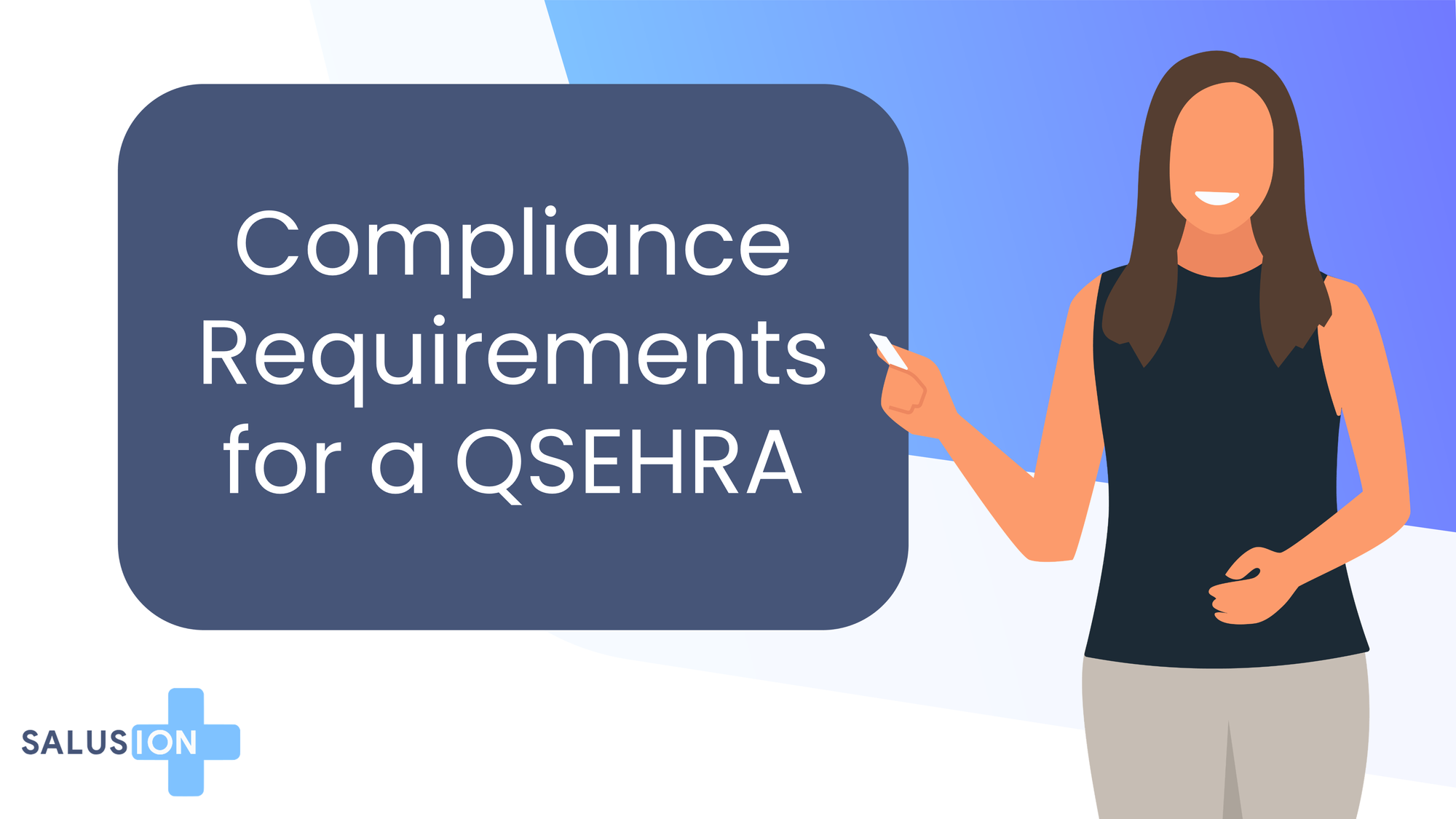
subtopic
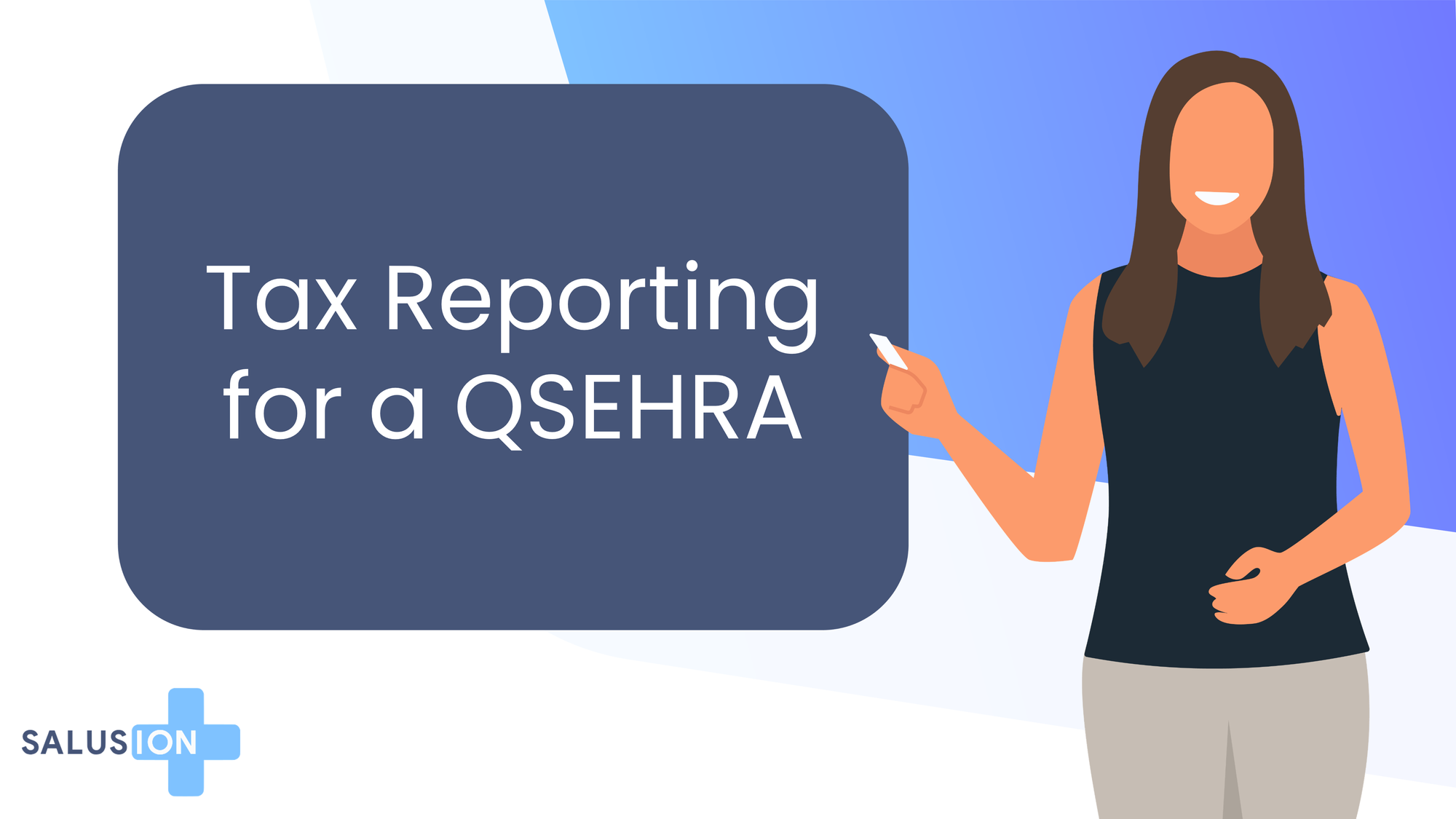
subtopic
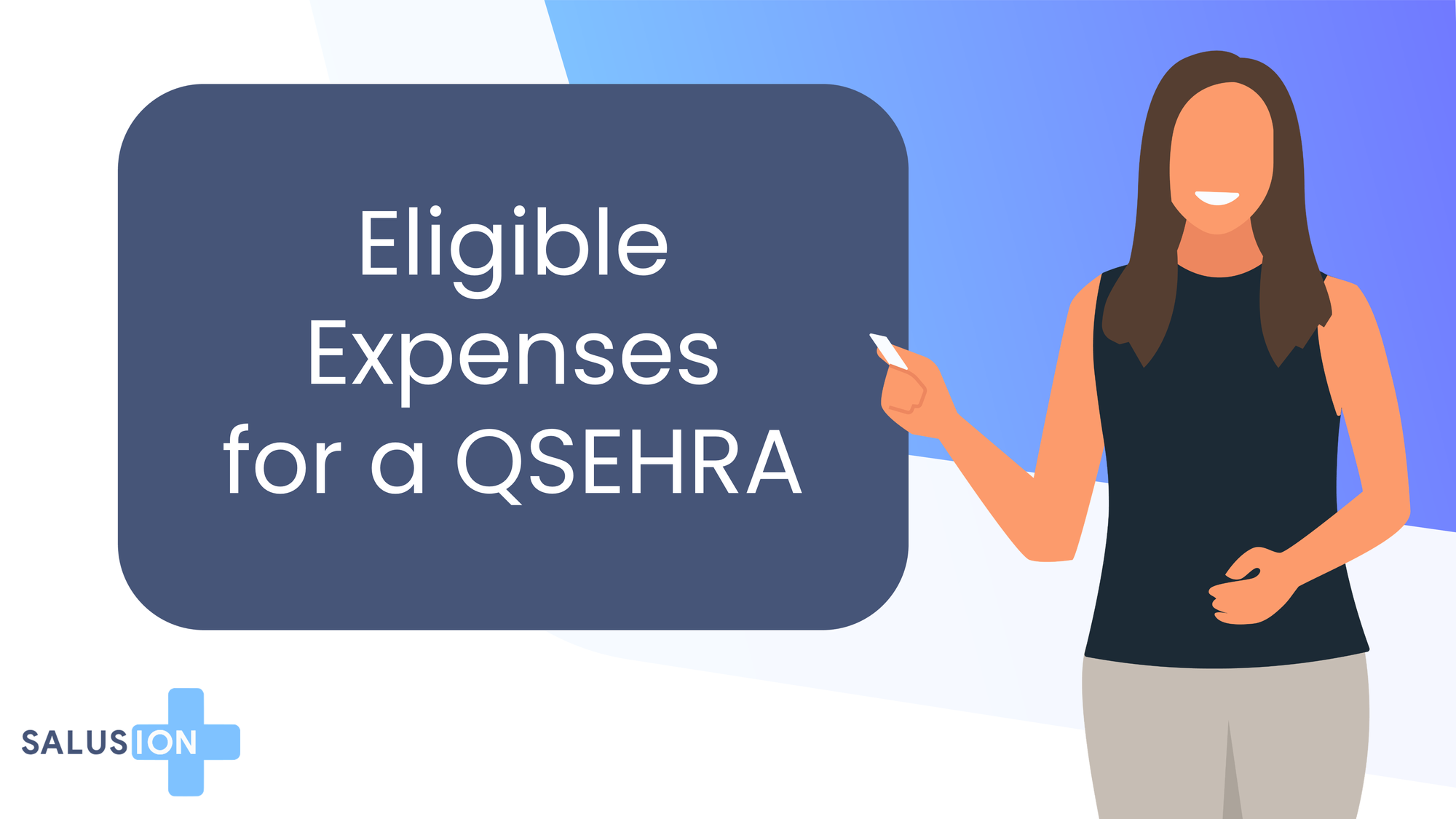
subtopic
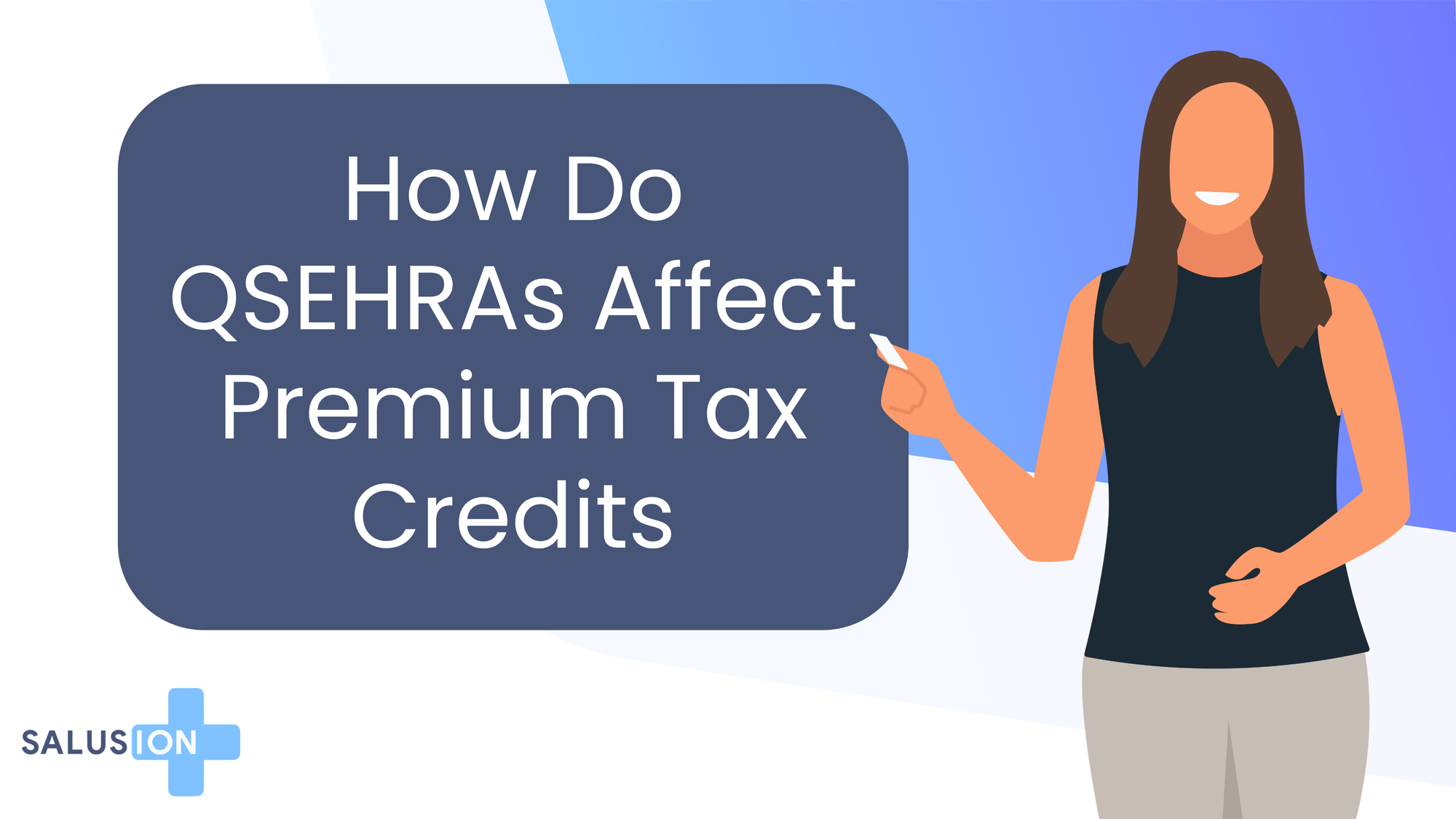
subtopic
